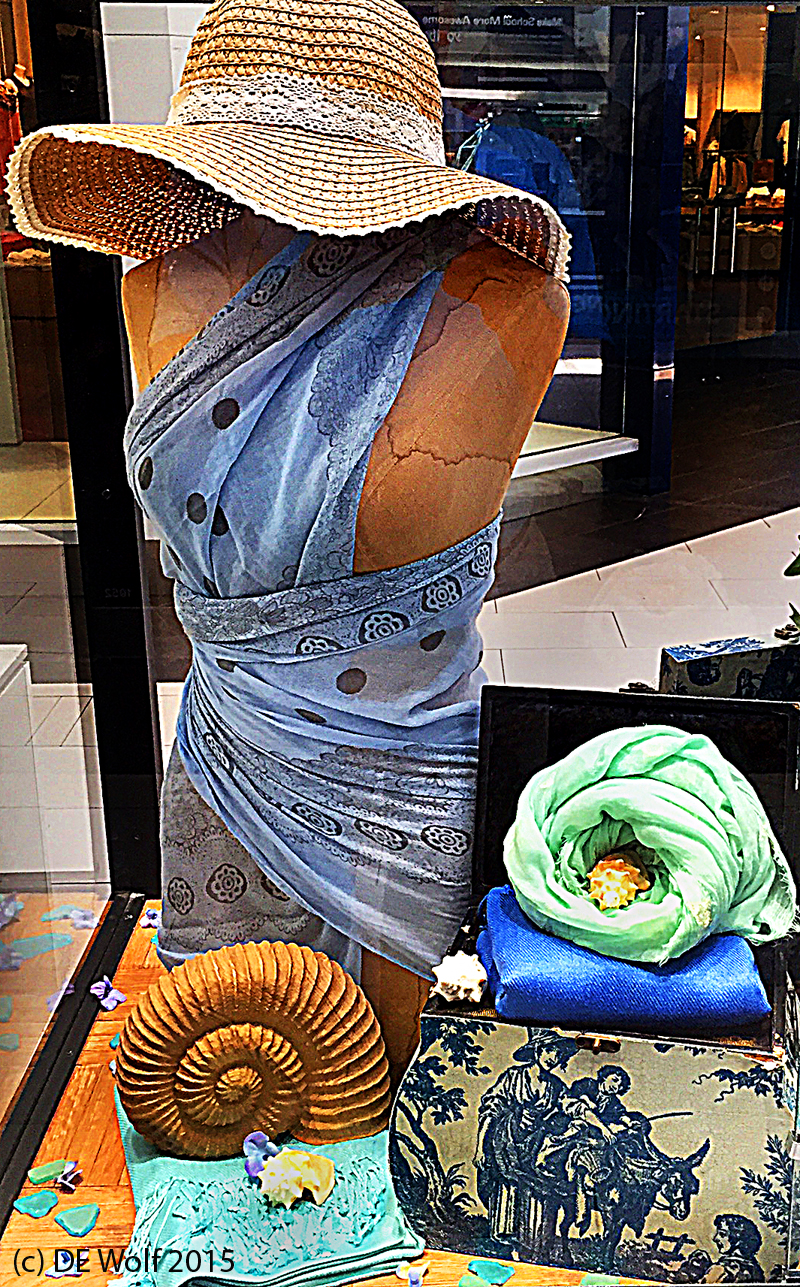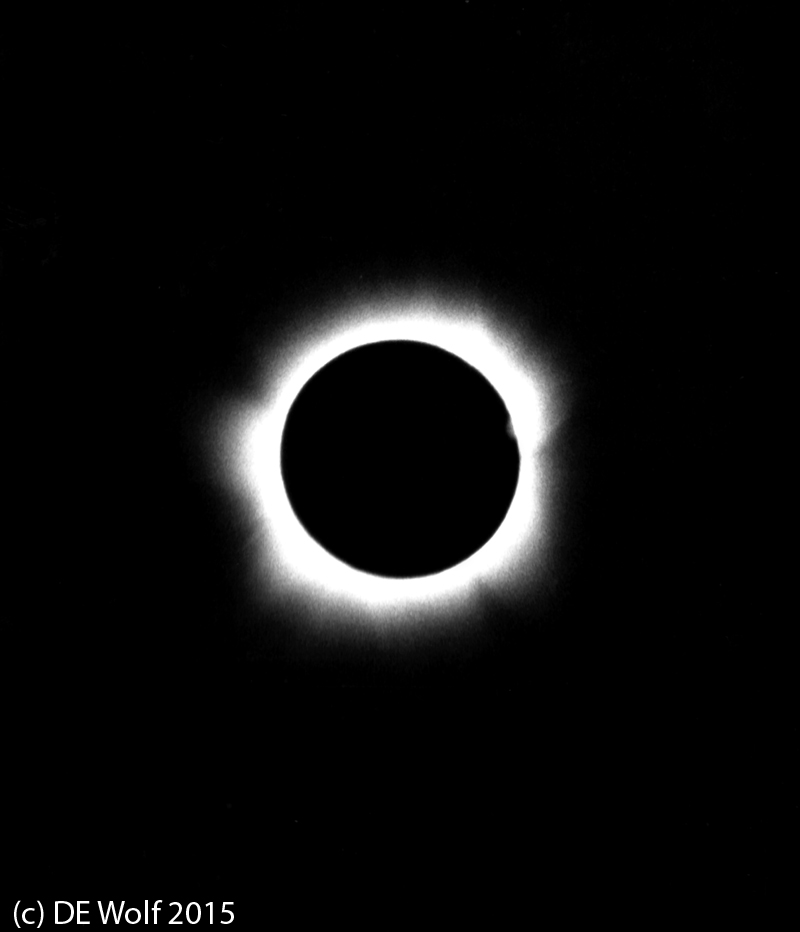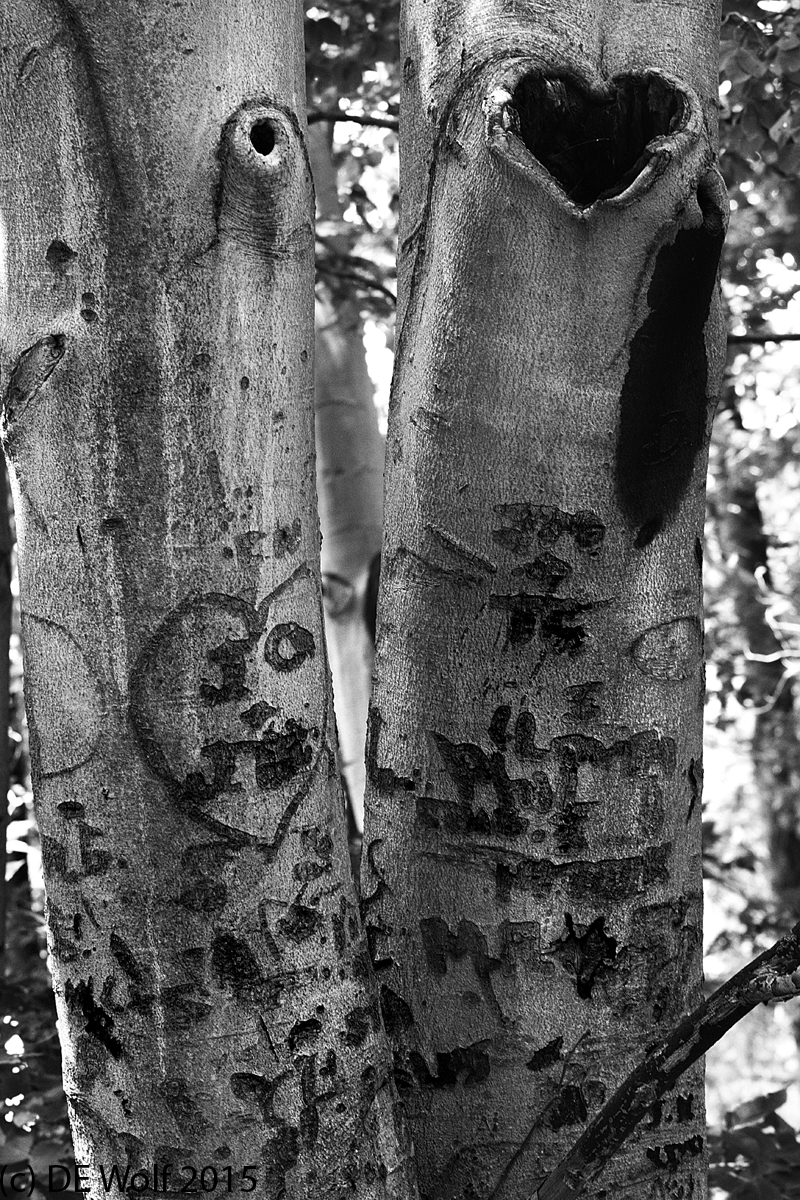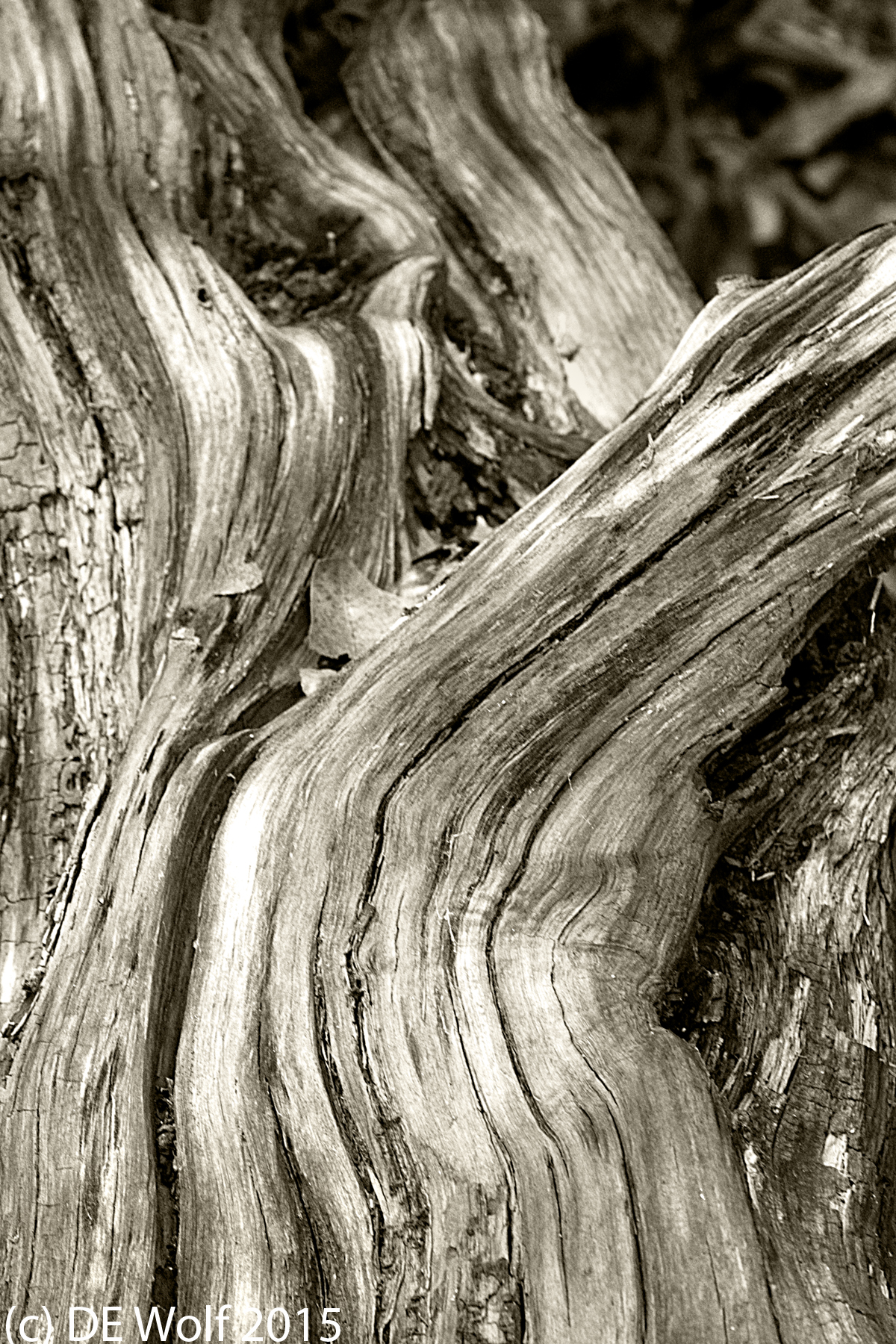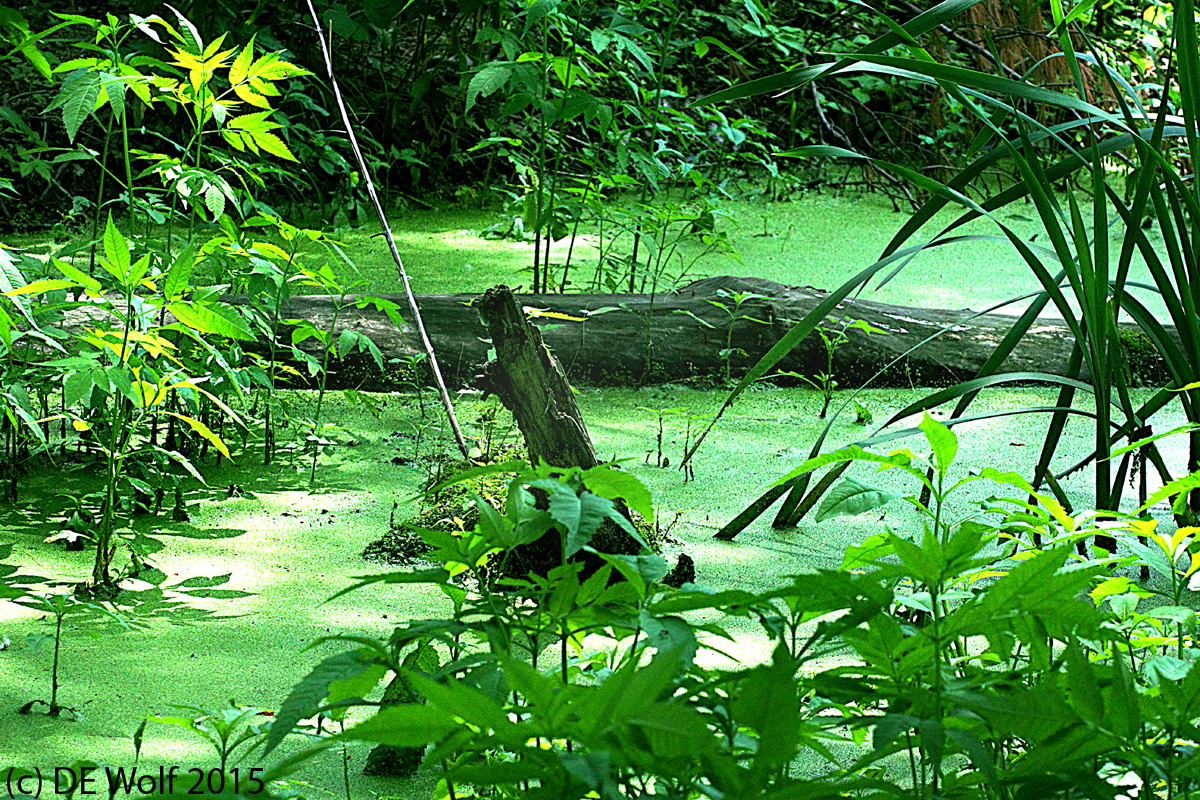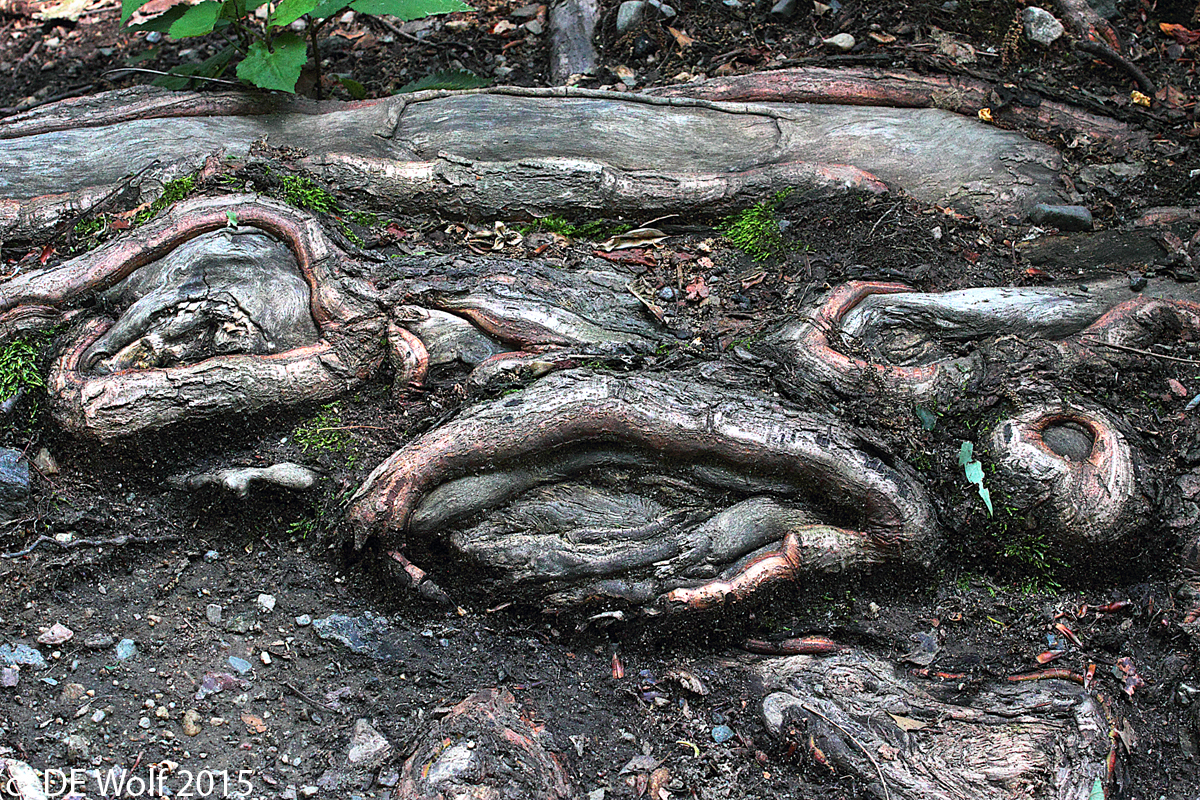As the song goes: “By the sea, by the sea, by the beautiful sea…” So it is summer here in New England, and on a hot muggy Sunday I was walking around the local mall, mercifully air conditioned, and came across a display case, where I took the IPhone snap of Figure 1. It is not of great photographic interest to be sure. The display is meant to convey the sense of a summer’s outing to the beach. Great! But what’s wrong with this picture? What beach where? Or more importantly what beach when?
That curly sea shell is actually a fossil ammonite. The ammonoid cephalopods first appeared 400 million years ago in the Devonian and became extinct at the close of the Cretaceous about 66 million years ago. The Shakespeare 1500 year anachronism of a clock in Julius Caesar pales by comparison to this scene off by 66 million years at least. The fact is that for much of their time, ammonites ruled the sea as fearsome predators. Recognize that some species were enormous, much bigger than us. I once saw a National Geographic documentary where a diver went down at night to photograph giant Humboldt red squid and almost got eaten alive. So have a little respect. But fortunately this summer, you do not need to worry about aggressive cephalopods, and if you are swimming along the US east coast need only concern yourself with great white sharks. Or you could just stay out of the water, people!

